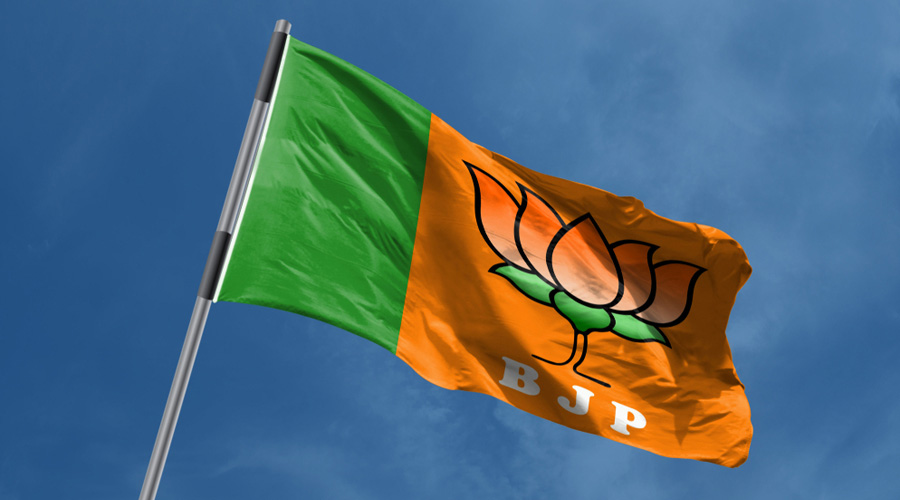The word used by the people of Uttar Pradesh is mahaul or mood. In terms of atmospherics, it can be said that the Akhilesh Yadav-led Samajwadi Party is ahead in the UP elections beginning on February 10. Across the hinterland, from the parts in the west impacted by the farm agitation to the districts bordering Bihar, the issues at play are joblessness, rising cost of living, destruction of crops by stray cattle and overall disappointment. Data suggesting the poor have become poorer embody the defiant and disenchanted mood of many voters in a state where it was said, even a few months ago, that the Bharatiya Janata Party faced no real contest.
On dovetailing economic distress in rural areas with the post-demonetization and Covid lockdown challenges faced by small and medium industries in urban pockets — Agra’s shoe-makers, Moradabad’s brass-workers, Varanasi’s sari-weavers — the picture that emerges is of precarious survival. The BJP is berated in many pockets, from Shamli’s Jat-dominated villages to the tiny OBC hamlets nestled among the mustard and rice fields in Ghazipur where bodies were found floating in the canals linked to the Ganges during the second wave of Covid.
Yet, beyond atmospherics, an electoral battle also involves seat-distribution, booth management, financial inducements and narrative creation. Here, the BJP is far more efficient, blessed with a party structure that works smoothly in spite of post-ticket-distribution convulsions in some constituencies. The pushback can already be seen in the seats that vote in the first phase. As the Opposition has put up some Muslim candidates in a belt where the minority population ranges from 20 to 50 per cent, a sustained campaign has begun on WhatsApp groups and social media that records voices of locals raising doubts about voting for them. “Wake Up Hindus” is a WhatsApp forward that asks people if they want to celebrate Holi this year or be forced to read the namaz. The ruling party believes in pressing subliminal buttons in a region communalized after the Muzaffarnagar riots of 2013. The messaging about Hindus being in danger if the BJP loses is helped along by several Hindi television channels of mainstream media groups that are also projecting the election as a ‘grand alliance’ against Hindus. A member of the RLD-SP alliance, crucial for the first phase of voting, explains that communalism has been blunted but it does rear its head when a Muslim is the candidate. But it’s a mixed bag. Some Jats and other farmer groups have become so anti-BJP during the farm agitation that they will find it difficult to vote for it even if they are forced to settle for a Muslim.
Meanwhile, in the east, departing OBC leaders from the BJP to SP have shaken the idea that religion can subsume caste. Here, the identity of the chief minister, Yogi Adityanath — a Thakur — is working against the BJP among other backward classes and most backward castes. There is an undercurrent about wanting change. But this region votes in the last two phases and there is a large section of voters waiting to make up their minds about whether the Opposition can pull it off.
Floating voters may decide this election. Divisions have certainly appeared in the social engineering rainbow that the BJP had constructed. The election has already thrown up such surprises as the loud chatter against the BJP, the flight of certain caste leaders, and the curious question of whether Hindutva is working or not. Locals say the samikaran in each seat and the crucial task of marshalling voters to booths and then guarding the strongrooms may decide the outcome.
Saba Naqvi is journalist and author










